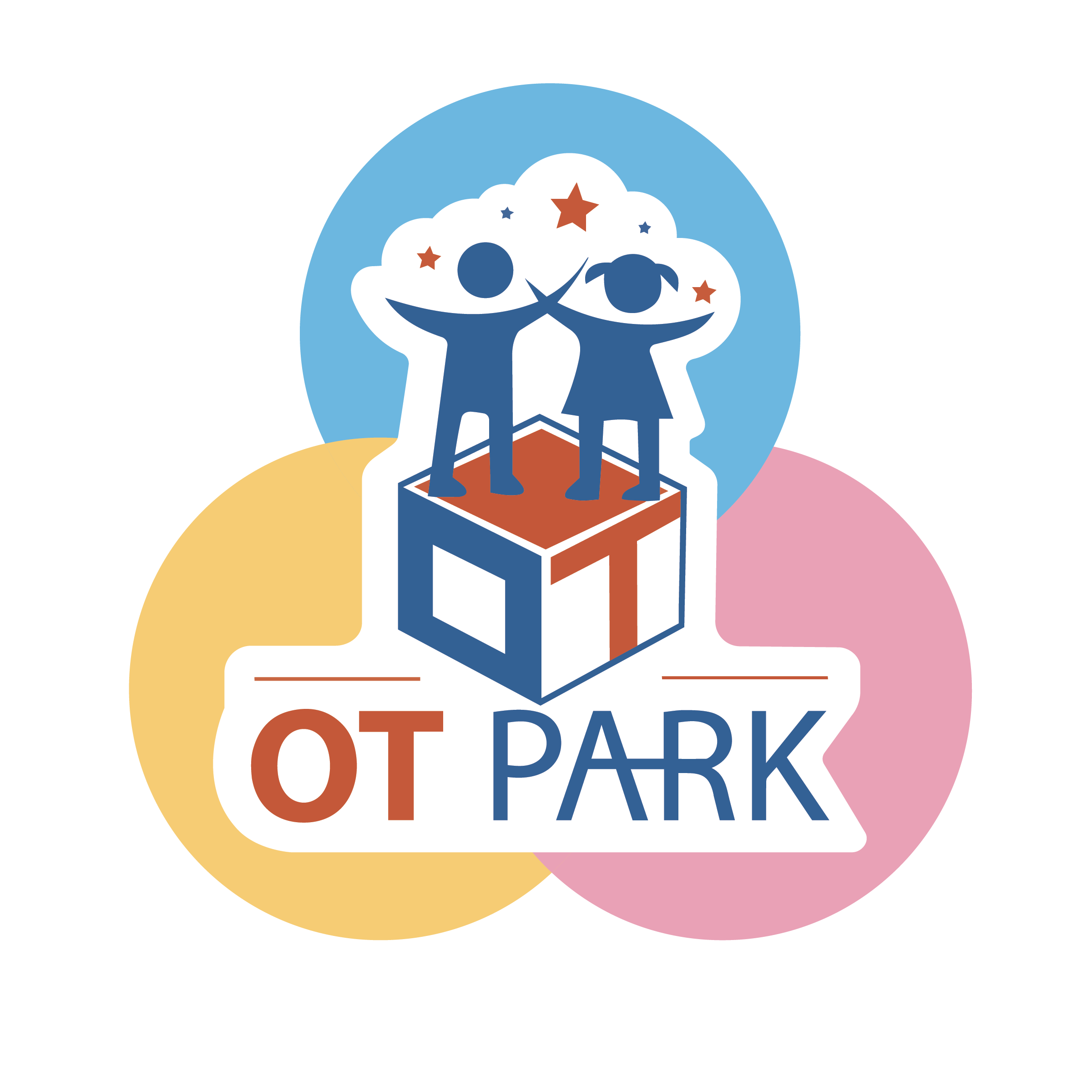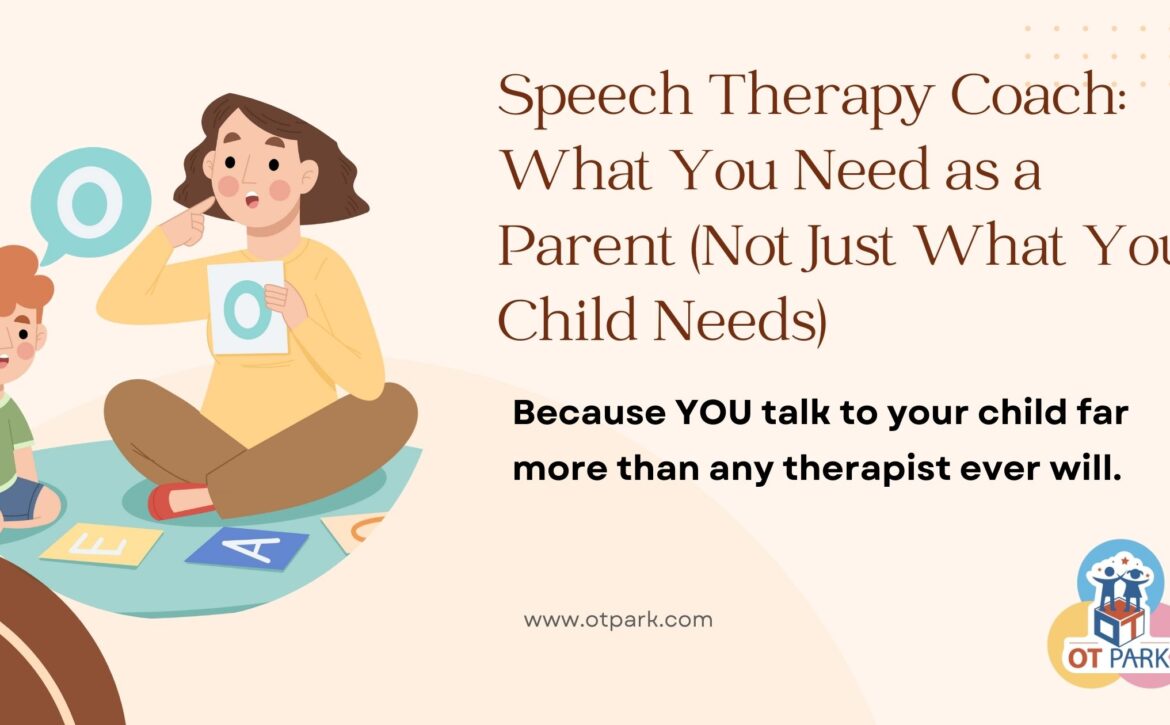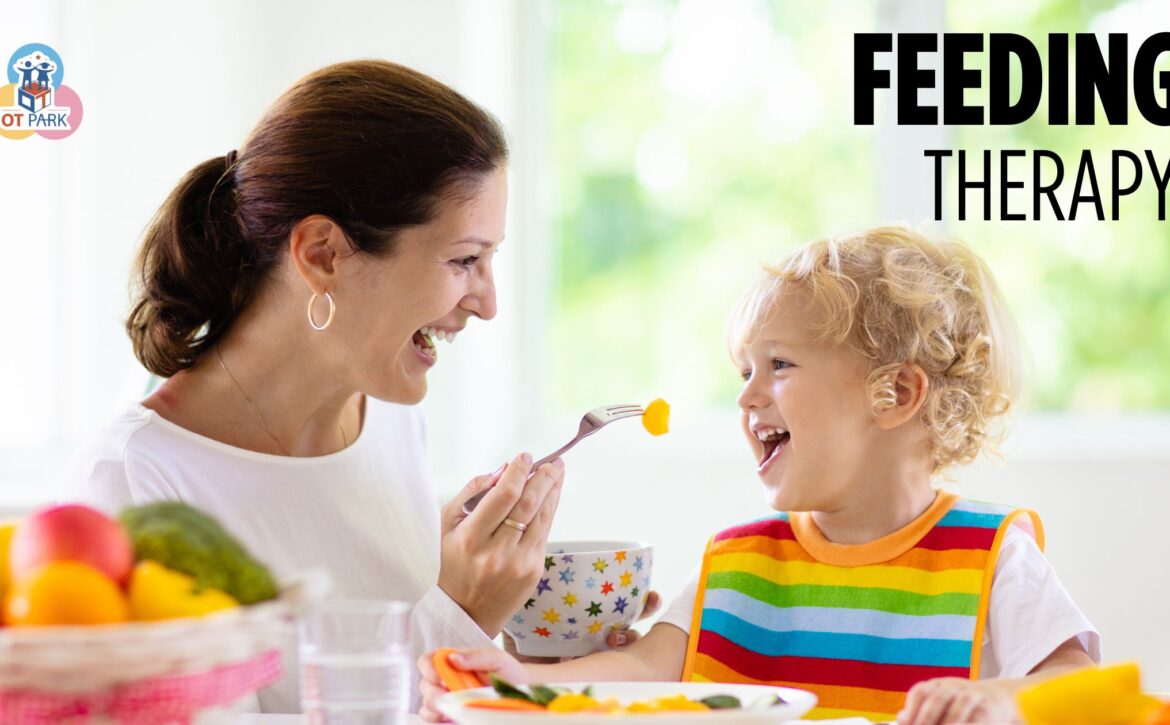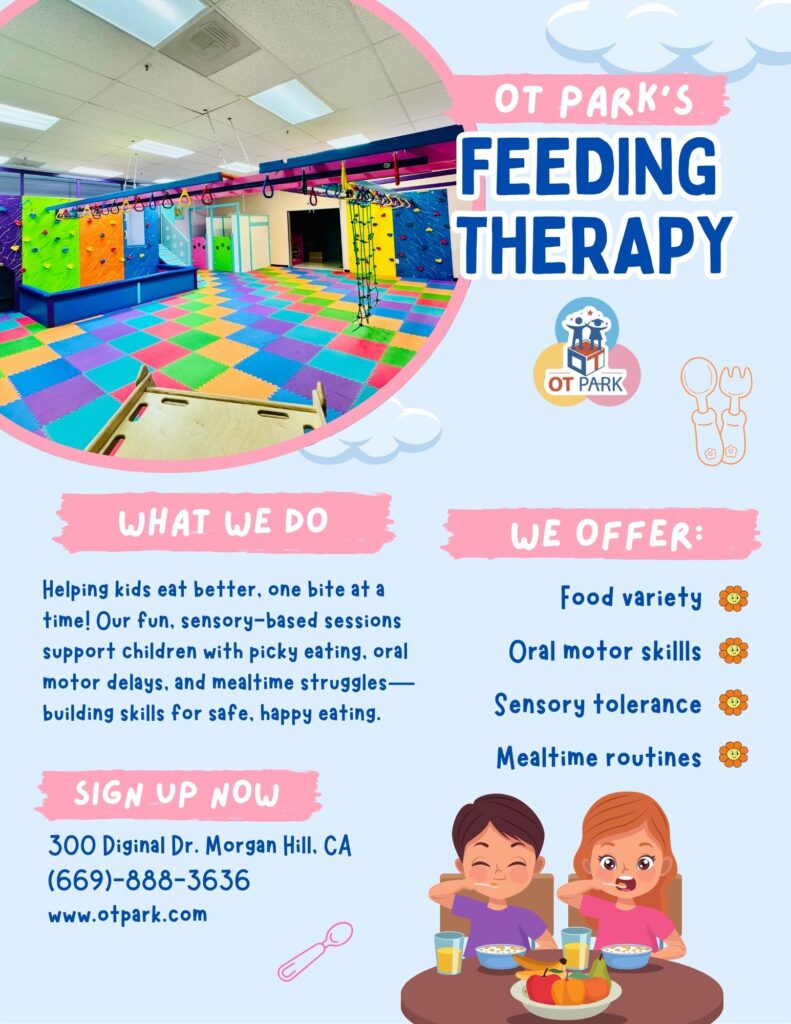Speech Therapy Coaching: What You Need as a Parent (Not Just What Your Child Needs)
Because YOU talk to your child far more than any therapist ever will.
Most parents come to us saying:
“I tried telehealth… it didn’t work.”
“My child doesn’t pay attention to the screen.”
“I didn’t feel involved.”
We get it.
Traditional telehealth was never designed with parents in mind—it was designed to mimic in-person therapy through a screen. And that simply doesn’t work for most families.
But at OT Park, something different happens.
Families join our Speech Therapy Coach program—and suddenly, they’re saying:
✨ “I love this!”
✨ “This feels natural.”
✨ “I understand my child so much better now.”
Here’s why:
Our model isn’t built around the screen.
It’s built around YOU.
💛 Why YOU Matter More Than Any Therapist
Let’s say this honestly…
A speech therapist sees your child 30–60 minutes a week.
YOU talk to your child all day, every day.
That means:
- You are their biggest communication partner.
- You are the one responding to their gestures, sounds, words, and behaviors.
- You are the one supporting them through frustration, joy, play, routines, and everything in between.
So therapy shouldn’t revolve only around the child.
It should revolve around YOU—the parent.
When you learn communication strategies, your child gets hundreds of practice opportunities every single day.
That’s what truly drives progress.
🌟 What Is a Speech Therapy Coach?
A Speech Therapy Coach is a licensed SLP who focuses on:
- Coaching PARENTS in real time
- Helping you understand your child’s communication style
- Teaching you simple strategies you can use immediately
- Supporting your relationship, not complicating it
- Guiding you through challenges like frustration, meltdowns, or unclear communication
- Adjusting routines and interactions so your child feels successful
And yes—if your child needs oral-motor, feeding, or physical-speech work, we provide that too.
But for most families, true progress starts with the parent-child connection.
Why Telehealth Coaching Works So Well (When Done Right)
Most telehealth fails because it’s therapist-centered. Coaching works because it’s relationship-centered.
✔️ YOU learn how to talk TO your child
We teach you how to model words, expand language, interpret cues, and respond in the most supportive way.
✔️ YOU understand their behavior
Many “behavior problems” are really communication problems.
We help you decode them.
✔️ YOU build strategies into everyday life
Instead of once a week, your child gets practice during:
- Meals
- Bath time
- Car rides
- Playtime
- Routines
- Outings
- Transitions
That’s hundreds of opportunities—naturally.
✔️ Your child feels safer with YOU
Children communicate best with someone they trust deeply.
That’s you—not us.
🧠 What About Kids Who Need Direct Therapy?
If your child needs:
- Oral motor strengthening
- Feeding therapy
- Articulation drills
- Physical speech movements
—we will absolutely provide direct treatment.
But even then…
Parent coaching is still a huge part of long-term success.
Because the therapist can teach a skill,
but you help your child use it in real life.
🤝 What a Speech Therapy Coaching Session Looks Like
1. You share what happened this week
Wins, struggles, confusing moments, or anything your child expressed.
2. We teach & model strategies and perform Speech Evalauations
Simple, practical, doable—no overwhelm.
3. You try it with your child
We guide you with live feedback.
4. You learn how to support daily communication
Not homework. Not worksheets.
Real routines, real life.
5. We help YOU feel confident
Because when you feel confident, your child thrives.



Speech Therapy Coach Isn’t About Telehealth.
It’s About EMPOWERING YOU.
- You are your child’s safest person.
- Their favorite communicator.
- Their everyday teacher.
- Their voice model.
- Their guide.
🌟 Ready to Feel More Confident?
At OT Park, we don’t just work with children—we partner with parents.
If you’re ready to:
✔️ Feel empowered
✔️ Understand your child deeply
✔️ Communicate better
✔️ Reduce frustration for both of you
✔️ Support speech naturally throughout the day
Then the Speech Therapy Coach model is exactly what your family needs.





















